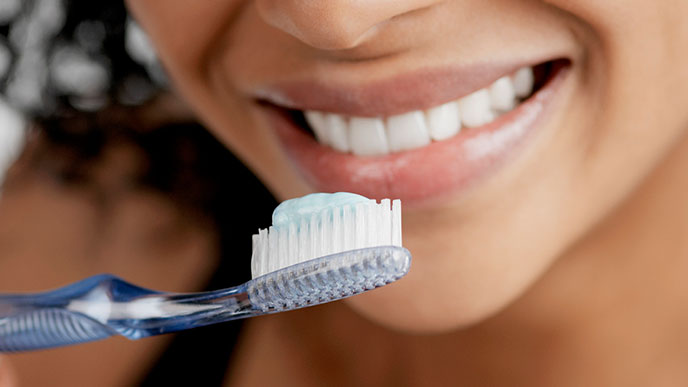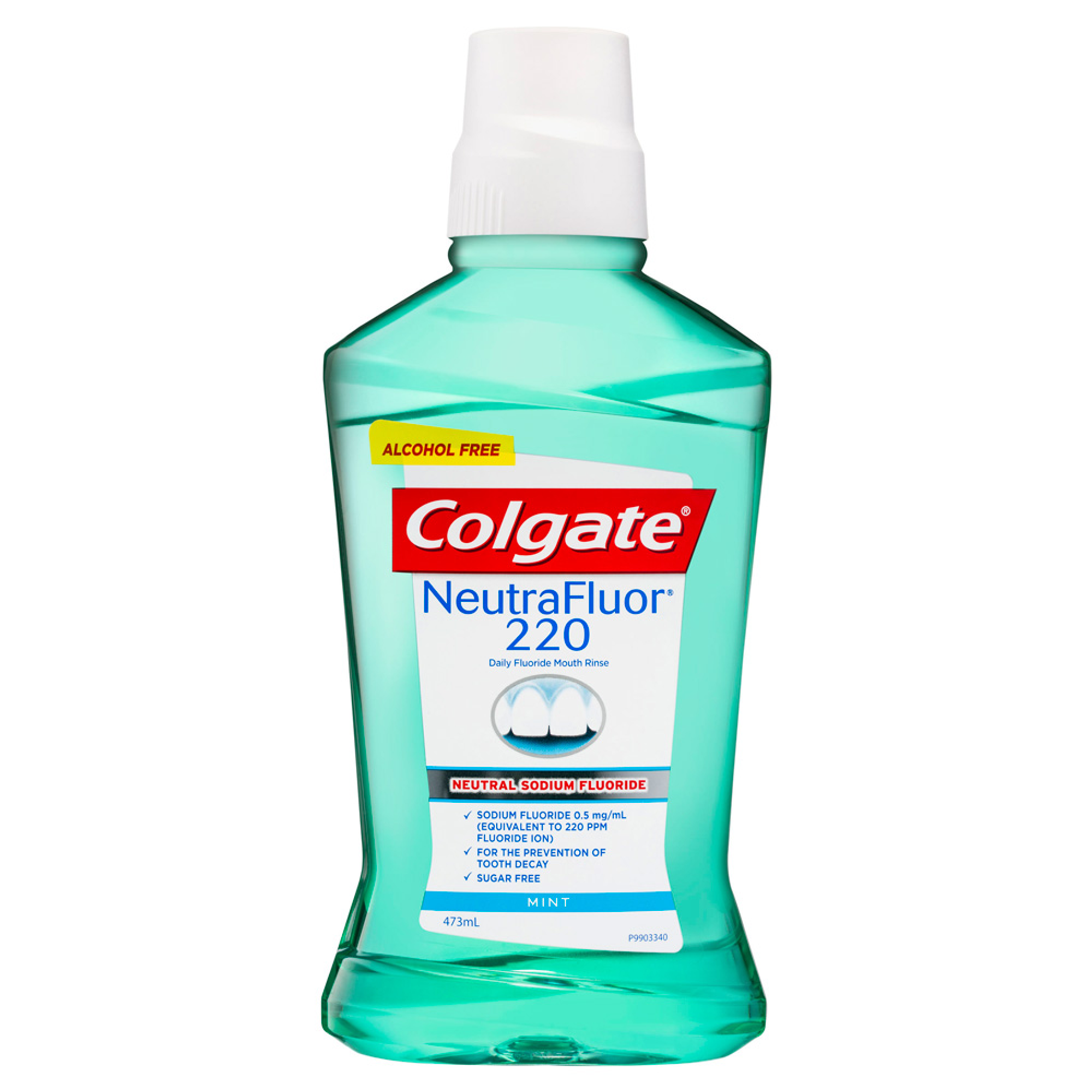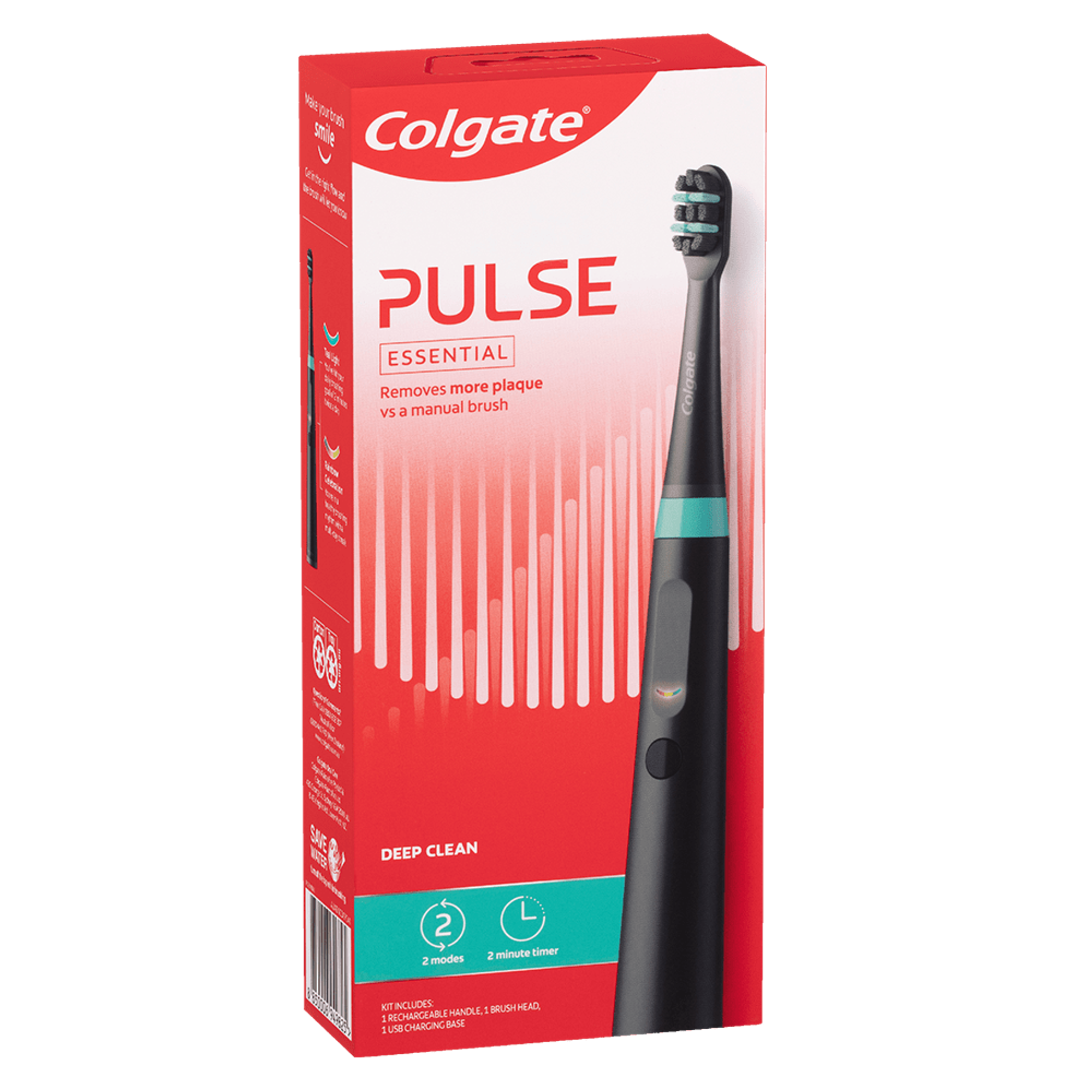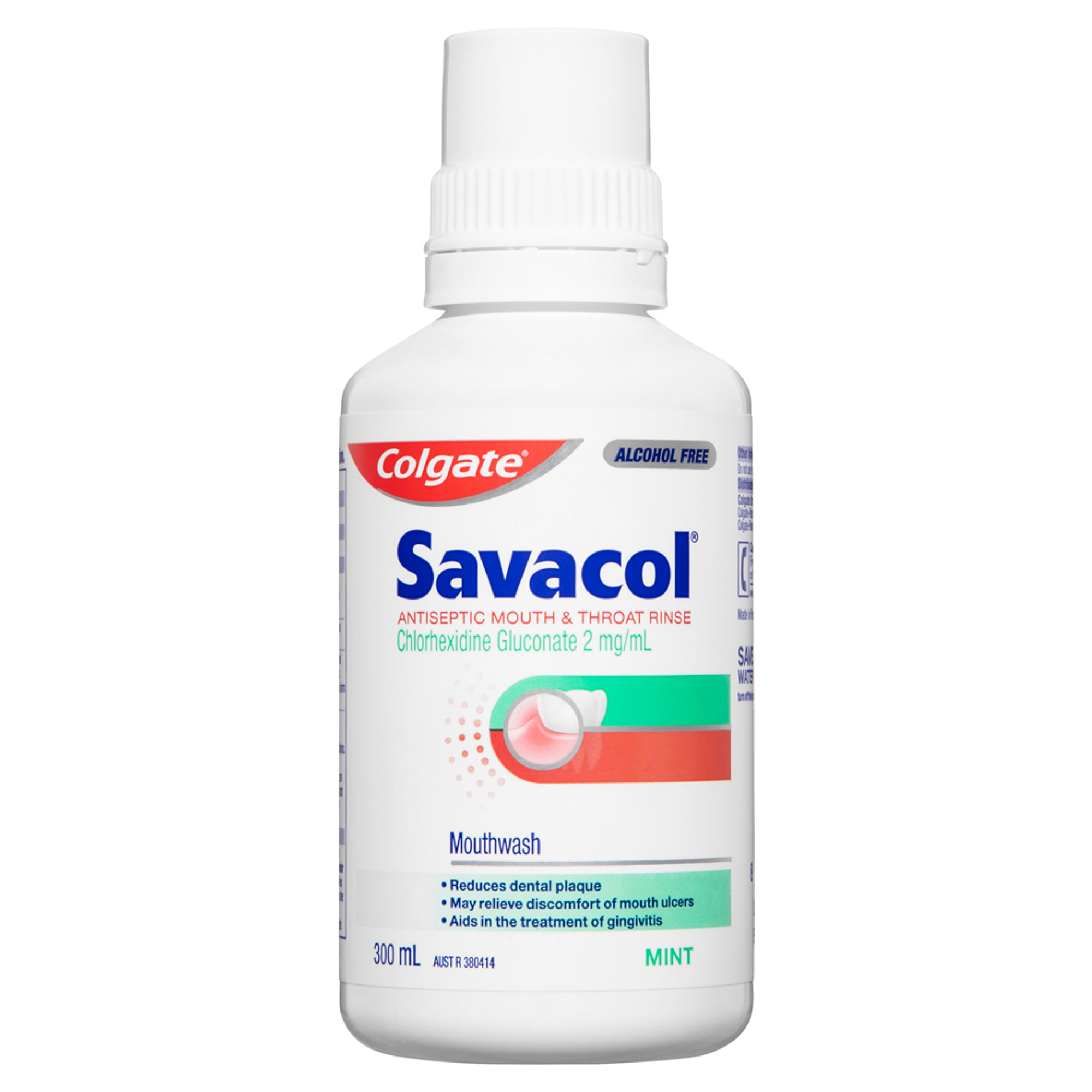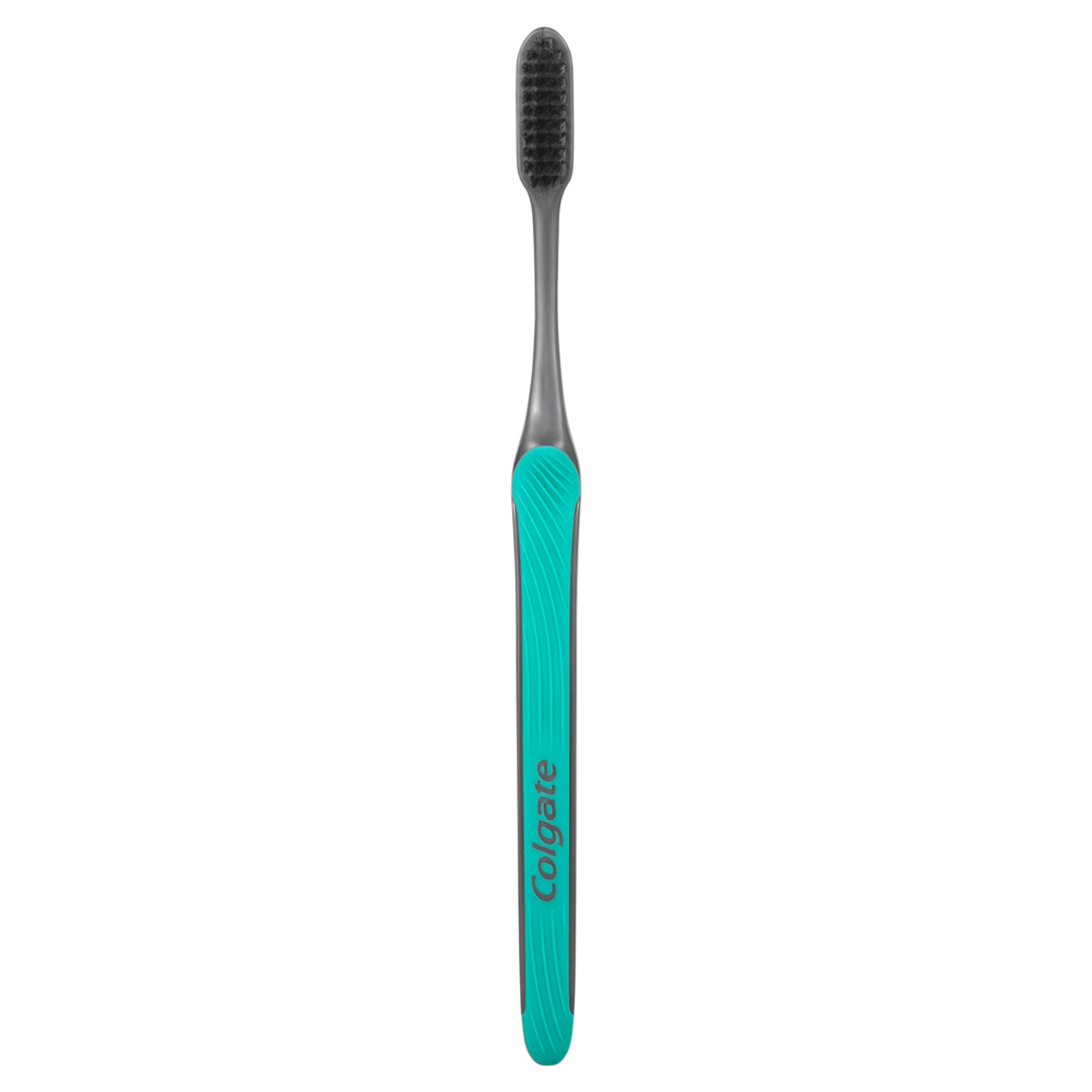If your front tooth has cracked, it's important to see your dentist – it can be hard to determine its location and severity on your own, according to the American Dental Association (ADA). Some cracks, known as craze lines, are superficial and usually need no treatment. Others, however, extend below the gumline and usually require replacing the tooth.
BONDING
A dentist can do a few things to restore a cracked front tooth. Bonding, for instance, usually involves a composite resin – which is made to resemble the colour of your natural tooth – to seal or fill in the crack. Compared to other methods for treating a cracked tooth, this one is the least pricey and requires the fewest number of trips to the dentist. Although your dentist may be able to repair your tooth through bonding in just a single visit, however, the material isn't as strong as others. Its weakness makes it better suited for teeth that don't take a lot of pressure when biting, such as the front teeth, according to the Cleveland Clinic.
CROWN
If the crack is long or deep, but doesn't reach the root or below the gumline, a crown might be preferable over bonding. Crowns are usually made of porcelain and act as a cover for the damaged tooth, allowing you to restore or even improve its shape. Your dentist may recommend placing a crown over the front tooth if there isn't enough usable tooth left to bond. You will need to spend a bit more time in the dentist's chair when receiving a crown to fix a cracked front tooth, and probably return for multiple visits. But because a crown is more durable than bonding, you can expect it to last longer with the right home care.

© Sandor Kacso / Dollar Photo Club
The above images exhibit teeth before and after the installation of porcelain crowns.
ROOT CANAL
Some cracks affect not only the outside of the tooth, but the inside as well. If the crack is deep enough to reach the pulp of your tooth, located beneath the enamel and dentin layers, you might need a root canal to treat the inflamed pulp and save the tooth. When a root canal is performed to treat a cracked tooth, the dentist covers the treated tooth with a crown afterward. Although the idea can sound intimidating, the American Association of Endodontists (AAE) states that the process is similar to that of a filling. And today, it's relatively comfortable.
IMPLANT
A cracked tooth isn't treatable once the crack reaches beneath the gumline, according to the AAE. This means a dentist will need to remove the tooth, but it does not necessarily mean you're left with an empty space in your mouth; an oral surgeon can install an implant in your jawbone to replace the root of the tooth. This implant is then covered with a crown so that it looks as much like your original tooth as possible.
No matter how you and your dentist decide to treat a cracked front tooth, it's important to take care of it after treatment. Brushing twice a day with a fluoride toothpaste such as Colgate Total® Advanced Clean will protect your restored tooth from decay. You'll also want to check in with your dentist regularly to make sure the bonding, crown or implant remains in good shape.
This article is intended to promote understanding of and knowledge about general oral health topics. It is not intended to be a substitute for professional advice, diagnosis or treatment. Always seek the advice of your dentist or other qualified healthcare provider with any questions you may have regarding a medical condition or treatment.






